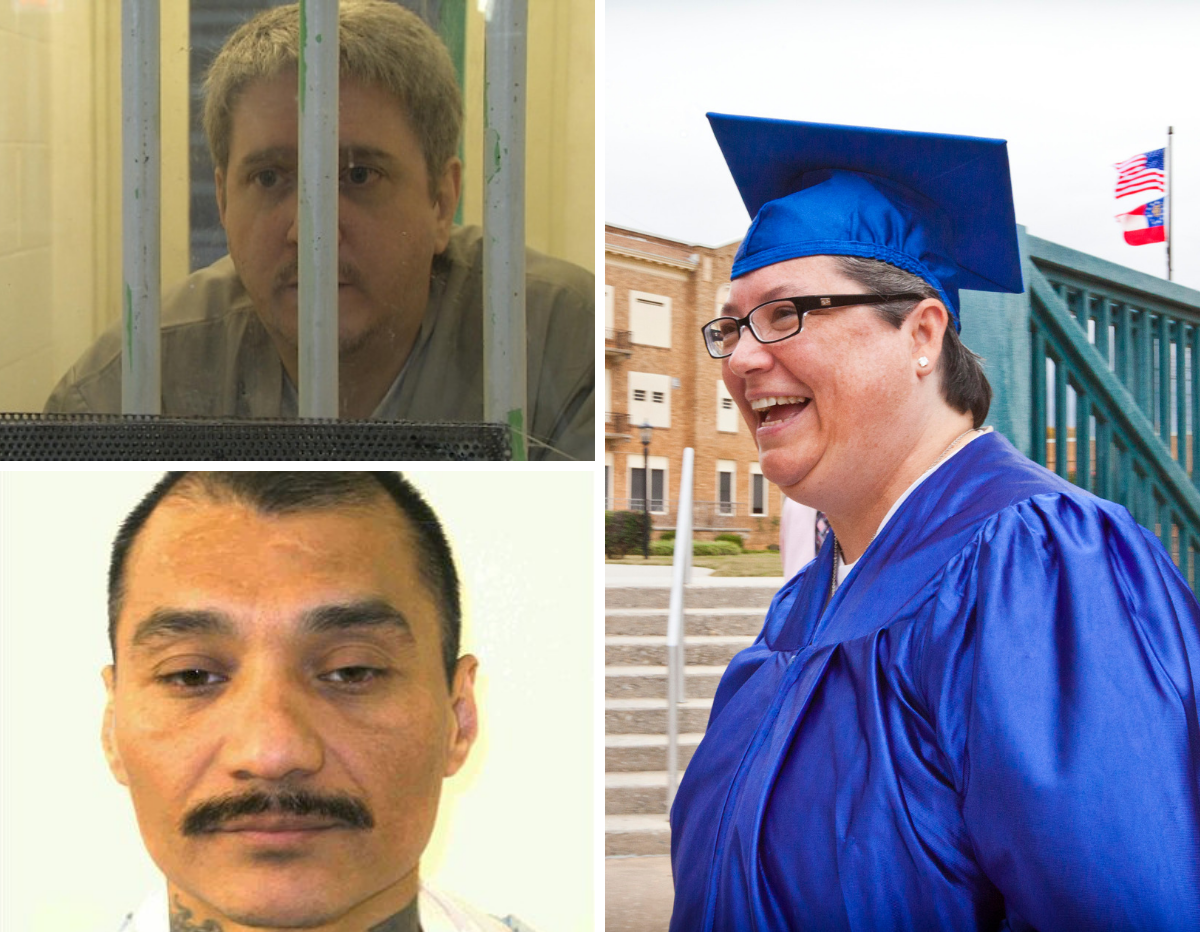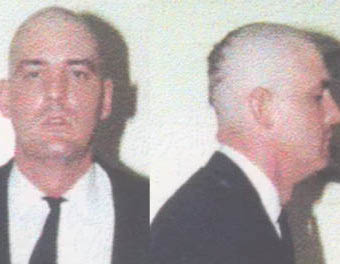
By now, many have heard about the recent incident at Spring Valley High School, where a South Carolina deputy slammed a young African American girl to the ground, dragged her on the floor, and handcuffed her for disobeying school rules. Several videos have gone viral and spurred national dialogue about the “school-to-prison pipeline,” a framework that connects harsh school disciplinary practices (such as zero tolerance policies) and increased presence of school police with the eventual incarceration of young people. Research suggests that the criminalization of youth behavior disproportionately impacts African American children and children with physical/emotional disabilities.
While many may debate various aspects of this case – the egregious and disproportionate use of violent force of a deputy, the arguments for or against firing said deputy, or even the disruptive behavior of the young woman – there are still many looming questions about how we as a society respond to acts of disruption, aggression, or violence among students in school.
Can we envision a world in which we understand aggressive behavior not as something to be punished but as a clue about a young person’s traumatic experiences? When schools are trauma-informed, the paradigm for understanding students’ behavior is not “What’s wrong with you? (And you better change your behavior, or else you will be punished.)” but instead “What happened to you? (And can we help you get the care you need?)” There is evidence to suggest that trauma-informed schools can make a significant difference in school disciplinary practices. For example, in one El Dorado school in San Francisco, suspensions dropped 89% when trauma-informed practices were implemented.
As evidence builds across the country that trauma treatment in schools helps improve learning outcomes and reduces the number of young people in the school-to-prison pipeline, a team of lawyers has taken action and filed a landmark class action lawsuit against the Compton Unified School District for the school district’s failure to address and treat student trauma. The suit seeks to require the school district to provide trauma training for teachers, consistent mental health services, and early intervention using evidence-based practices instead of disciplinary action. Although the school district made a motion to drop the case, the judge has recently ruled for the case to proceed. A website built in support of the lawsuit includes compelling videos from students.
As EJUSA begins its work supporting trauma-informed practices in Camden and Newark, NJ, key stakeholders have emphasized the importance of schools becoming trauma-informed. In Camden, as a member of the Healing 10 Coalition, I am working with other coalition members on a day long event exploring trauma-informed practices for Camden service providers, including teachers, nurses, and youth workers. In the City of Newark, I am in early discussions with local organizations to facilitate a series of community-wide discussions with principals and parents on trauma-informed practices in Newark schools. There are tremendous opportunities for schools to begin to identify and support its traumatized students and move to models of care that will ultimately make communities safer.
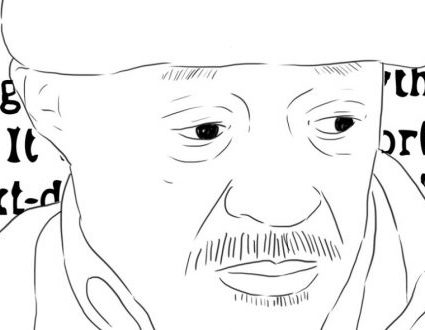
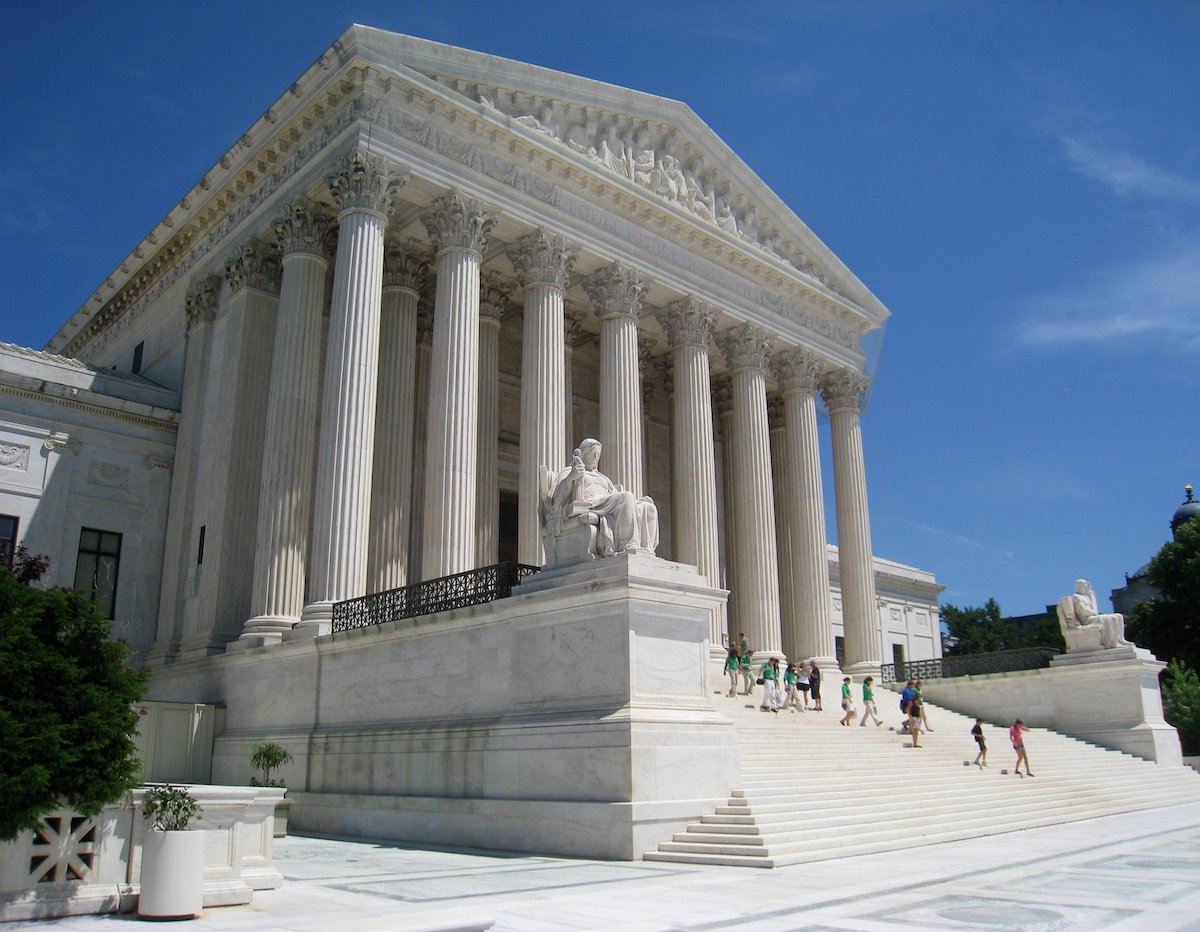
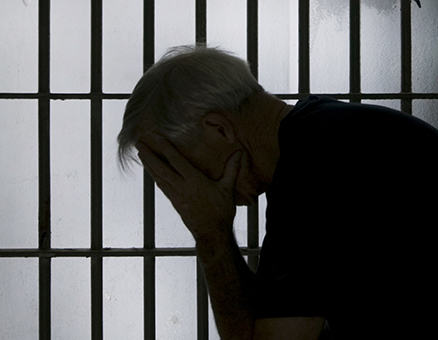

 Will you tell the world why you love EJUSA?
Will you tell the world why you love EJUSA?
